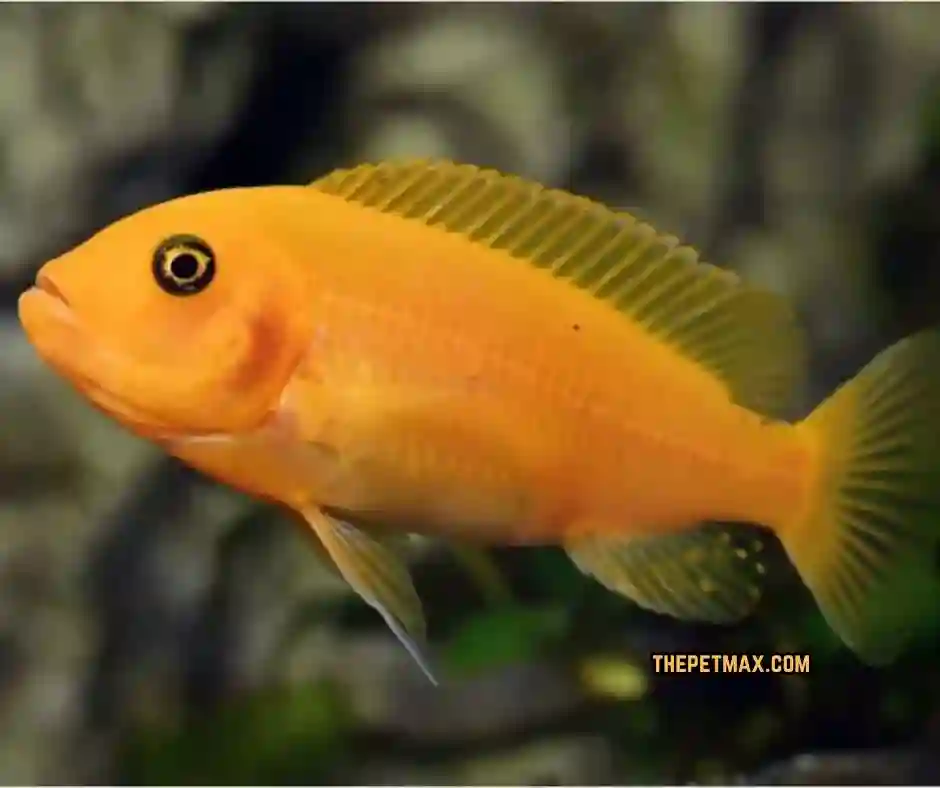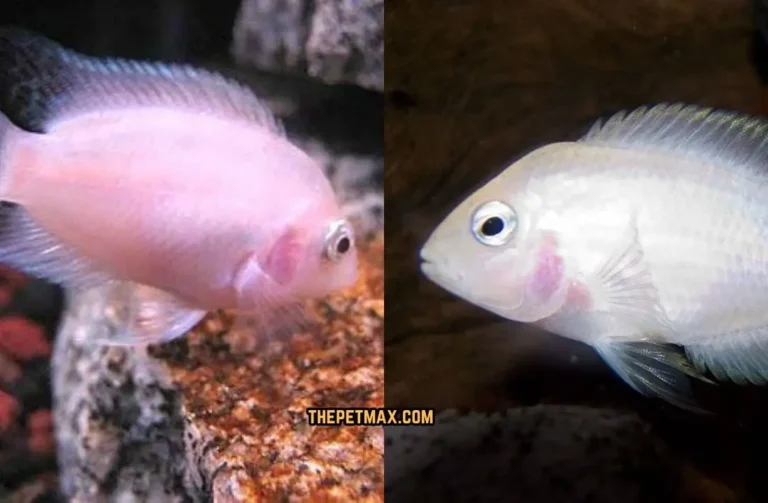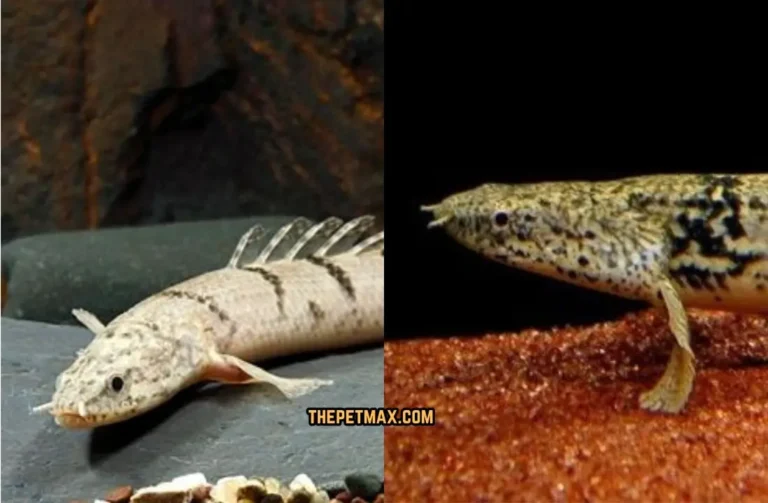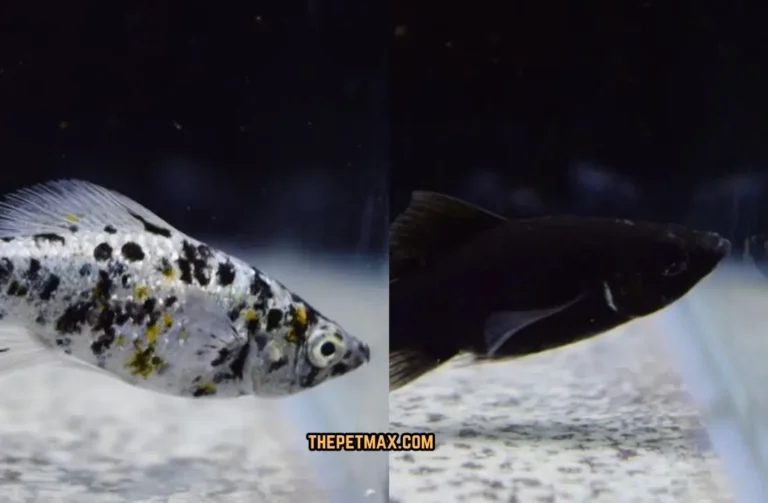Red Zebra Cichlid Fish Care Guide

Red Zebra Cichlid is an aggressive (territorial) fish that could kill much less competitive tank friends (in severe cases). The biggest step in worrying for such a species is ensuring you’ve got tank mates which can be like minded along with your red zebras and an ok tank with enough room for the fish to call their very own.
Red Zebra Cichlids are pretty easy to maintain. They are appropriate fish to grow with a whole lot of meal alternatives making it smooth to hold them for greater than five years. Additionally, they have vibrantly attractive bodies with a view to upload glory to your tank.
Contents
- 1 Natural History of Red Zebra Cichlid:
- 2 Appearance of Red Zebra Cichlid:
- 3 Temperament of Red Zebra Cichlid:
- 4 Feeding Requirements of Red Zebra Cichlid:
- 5 Tank Requirements of Red Zebra Cichlid:
- 6 Why Should You Get a Red Zebra Cichlid for Your Aquarium?
- 7 Red Zebra Cichlid Breeding:
- 8 Health Conditions of Red Zebra Cichlid:
- 9 Final Thoughts:
- 10 FAQ’s:
- 11 Related Posts:
Natural History of Red Zebra Cichlid:
Red Zebra Cichlids (Maylandia Estherae) are lovely rock-living African Cichlid species. They are endemic to Lake Malawi and may be found along the Japanese coast of the lake.
Red Zebra Cichlid aren’t usually red. They don’t constantly display the stripes. As polymorphic species, they show a variety of various colorations. These colors can encompass beige, brown, blue, orange, yellow, and purple.
Since their call doesn’t always fit their look, they may be regularly widely classified at nearby fish shops as “African Cichlid” or “Assorted African Cichlids.” The precise species of the fish ought to be recognized considering there are numerous species of African Cichlids with one-of-a-kind care necessities.
Appearance of Red Zebra Cichlid:

The average length is between 4 inches and five inches. Females are usually smaller than males, however this isn’t beneficial in differentiating their sexes; greater on that later.
It is uncommon to be able to find personal zebras that span wider than five inches. If you do, then you definitely must without a doubt purchase it because it’s miles from a hardier inventory and will come up with higher value for your cash.
But additionally hold in mind longer fish are older and much more likely to die quicker than more youthful fish.
Red is their naturally distinct coloration, however you’ll discover them in big types, from red zebras without stripes to striped ones that appear a bit orange. Other colorings consist of yellow, purple, brown, and beige.
| Height | 4-6 Inches |
| Life Span | 5-10 Years |
| Temperament | Aggressive |
| Size | 4-5 Inches |
| Origin | Lake Malawi |
| Breeding | Maternal Mouthbrooder |
| Water Temperature | 72°-82°F |
| Tank size | 55-75 gallons |
| Tank setup | Rocks, caves, tunnels, and plants |
| Color | Red, but are polymorphic with other colors including orange, blue, brown, and beige |
| Scientific Name | Maylandia Estherae |
| Water type | Freshwater |
| Fish price | $8.99 – $10.99 USD |
Temperament of Red Zebra Cichlid:
Red zebra cichlids are taken into consideration reasonably competitive, but it’s in all likelihood most correct to not forget them greater territorial than whatever else. Cichlids, as a whole, have a reputation for being violent in the direction of other tank pals.
That can be authentic with this species, but the right tank setup can prevent troubles. This fish prefers to have its very own area. It can cohabitate properly in a small organization however needs to have an area it could name its very own.
That’s why having a sizable tank with strategic decor is such a vital part of pink zebra cichlid care. A tank that is too cramped will cause the fish to run into each other constantly. That’s when aggression comes out.
You must have hardscaping to block perspectives and give the fish tons of enrichment. Otherwise, you’re requesting trouble.
Throughout the day, you may look at your red zebra cichlids exploring the tanks, swimming inside and out of rock formations, and tidying up their place. They like to transport things around, so don’t get too related to where you place items in their tank. Don’t be surprised if you spot them digging up the substrate and developing hills.
Feeding Requirements of Red Zebra Cichlid:

In the wild, the red zebra cichlid eats a mixture of plant and animal prey, together with algae, small bugs, and invertebrates.
Replicate this eating regimen in captivity by feeding your fish a balanced food plan of microworms, brine shrimp, algae wafers, and spirulina pellets. Blanched spinach and lettuce are true supplementary ingredients for this cichlid species.
Feed red zebra cichlids a pinch of meals three or 4 times per day. Only offer enough food that may be eaten within 30 seconds. Red zebra cichlids are gasping fish that will overeat if given the possibility.
Ensure the fish comply with an in large part herbivorous weight-reduction plan. Too much protein can bring about fitness problems and weight problems in these cichlids.
Tank Requirements of Red Zebra Cichlid:
Red zebra cichlids decide upon environments that most aquarists aren’t used to creating. While many popular freshwater species like lush tanks complete with plants and driftwood, that’s no longer the case here. Lake Malawi is full of rocks, and this fish wishes to have a comparable hardscaped habitat in captivity.
Start with a layer of the substrate. You can use quality sand, clean rocks, or small pebbles. Next, use rocks to create a beautiful landscape the fish can discover. You’re free to use premade plastic caves, but it’s easy to construct something custom with herbal rocks. Create caves, tunnels, and a couple of hiding spots. Having hiding spots is especially important if you plan on maintaining a collection of cichlids inside the tank.

It will assist ease territorial aggression and provide every fish its space. Make it positive to anchor the entirety directly to the glass and use fish-secure aquarium cement to help you steady objects within the tank. These fish are infamous for shifting gadgets round, so there’s a threat of tumbles and viable glass damage if the rocks aren’t steady.
These fish don’t have any direct preference for lights. Moderate lights are nice. Add a successful canister or grasp-on-returned clear out, and also you’re top to head! Plants are pointless for this species. In fact, including them would be needless. Not simplest will they not fit in with the decor, but the crimson zebra cichlid will likely uproot and ruin them anyways.
Why Should You Get a Red Zebra Cichlid for Your Aquarium?
The red zebra cichlid is a confident, colorful fish that makes a fantastic addition to a home aquarium. However, this fish isn’t suitable for all community tank setups.
Consider getting a red zebra cichlid in case you plan to install an unmarried-species tank or your tank carries different well-matched Lake Malawi fish species. Don’t get a red zebra cichlid in case your tank is cramped or carries small, fearful fish that could be bullied through a territorial fish.
Despite their semi-aggressive personalities, red zebra cichlids are unique fish which might be easy to take care of inside the right tank environment.
Red Zebra Cichlid Breeding:

Breeding crimson zebra cichlids in captivity are clean, and the fish attain sexual adulthood after they’re about three years old, or three inches long.
To effectively breed pink zebra cichlids, Observe These Steps:
- Ensure there is one male to each 3 females within the home tank. A separate breeding tank isn’t necessary, and also you don’t want to alter the water parameters so the fish will breed clearly.
- Wait for a male to put together a nest in a cave, then attract the women by way of shimmying and displaying its vibrant shades. An involved girl will follow the male into the cave and lay eggs on a flat rock. After 60 eggs the female puts the eggs in her mouth and the male puts the sperm in the eggs.
- Allow up to 20 days for the fry to hatch. The lady will keep carrying the eggs and fry in her mouth for up to at least one month before permitting the fry to swim freely within the tank.
- Feed the fry infant brine shrimp or daphnia once they are open to swimming.
- Move the fry into separate tanks after they reach six months old.
Health Conditions of Red Zebra Cichlid:
Red zebra cichlids can fall ill with all the same old diseases that plague freshwater fish. That consists of relatively contagious Ich and bacterial infections. Make sure to maintain the water situation and update about a quarter of the water weekly to govern ammonia and nitrate ranges.
These fish produce a terrific amount of waste, so ordinary cleaning and tank protection are important. In addition to the ones normal problems, purple zebra cichlids are liable to Malawi Bloat and swim bladder disease.
Malawi bloat is a digestive difficulty that often affects African cichlids from Lake Malawi. It occurs when the fish eats the wrong forms of ingredients or isn’t getting enough nutrition. Stress and incorrect water situations can cause problems, too.
This disorder causes the belly to swell up. It can sooner or later motive kidney and liver troubles if left untreated. Fortunately, your veterinarian can prescribe medication to treat this problem.
Swim bladder sickness is another issue associated with digestion. It regularly happens when you overfeed crimson zebra cichlids, resulting in constipation. The swim bladder suffers, inflicting considerable buoyancy issues as the fish attempts to swim.
You can flip to medications or increase fiber consumption with veggies to deal with swim bladder disorder.
Final Thoughts:
As you can see, caring for a red zebra cichlid is pretty simple and easy. The trickiest part is handling their temperament and taming it. If you provide them with a massive enough tank, plenty of swimming space, and lots of caves they can claim, red zebra cichlids can be some of the maximum first-rate aquatic pets you may find.
However, the slightest mistake can turn them into huge bullies, so be very careful approximately your setup. Overall, if you have sufficient area for a big tank, they may be honestly worth all the hassle. If whatever else, who wouldn’t need to look at a girl cichlid retaining all of her toddlers in her mouth?
FAQ’s:
Are Red Zebra Cichlids Aggressive?
Red zebra cichlids are semi-aggressive because of their natural territorial instincts. The fish are most likely to behave aggressively if they’re housed in a cramped tank with too little space to assert separate territories.
To reduce the crimson zebra cichlid’s competitive nature, house the fish in a roomy tank with plenty of caves and hiding places, and ensure there are 3 women for every one male.
How big do Red Zebra Cichlids get?
Red zebra cichlids get as large as 5 inches long. Adult males are 1 inch longer than adult females. The fish are medium-sized African cichlids, like jewel cichlids and electric-powered blue cichlids. A group of 4 or 5 red zebra cichlids needs to be housed in a minimum fifty-five-gallon tank.
How Long Do Red Zebra Cichlids Live?
Zebra cichlids stay for eight–10 years on average, depending on their first class of care. If properly cared for, some fish can live up to 12 years in captivity. To prolong the life of your red ice fish, feed your fish a healthy omnivorous diet and ensure that they have access to water at all times.
How often should I clean my Red Zebra Cichlid’s tank?
It is advisable to do a partial water change and clean the tank between 1-2 weeks.





